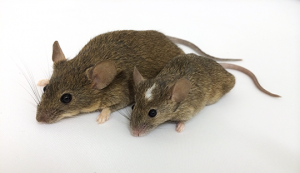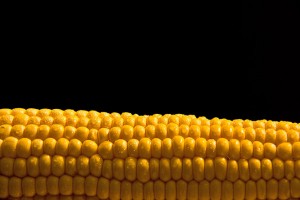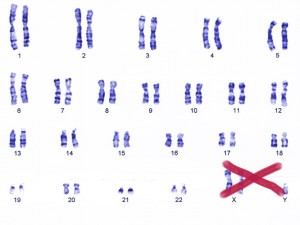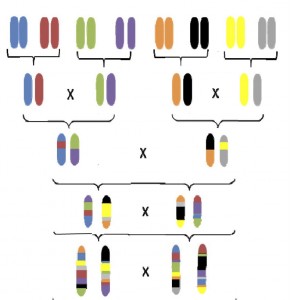Enter your address to receive notifications about new posts to your email.
Articles tagged Complex Traits & Quantitative Genetics
(29 results)
-
New Faculty Profile: Clement Chow
New Faculty Profiles showcase GSA members who are establishing their first independent labs. If you’d like to be considered for a profile, please complete this form on the GSA website. Clement Chow Assistant Professor Department of Human Genetics University of Utah School of Medicine Lab website Personal Twitter: @ClementYChow Lab Twitter: @ChowLab Research program:…
-
Rodents of unusual size: Genetic complexity underlies evolution of body size in island mice
Genetic analysis of an island population of mice reveals that 19 quantitative trait loci are responsible for their impressive size. Island populations of animals, isolated from their mainland relatives, have given us insight into evolution from the very birth of the field. In fact, studying finches on the Galápagos Islands helped Charles Darwin establish…
-
The mutation that unlocked corn kernels
If not for a single-nucleotide mutation, each kernel on a juicy corn cob would be trapped inside an inedible casing as tough as a walnut shell. In the July issue of GENETICS, Wang et al. identify an amino acid substitution that was key to the development of the so-called “naked” kernels that characterize modern corn…
-
ASHG Meeting Report: The X-factor in complex disease
One of the major risk factors for autoimmune diseases is being born with two copies of the X chromosome. For example, women—who typically carry two Xs—face around ten times the risk of lupus, while men with lupus are around 15 times more likely than the general population to carry two Xs and a Y (Klinefelter…
-
The differences between fierce and friendly rats
In the early 1970s, a couple of hundred wild rats near the Siberian city of Novosibirsk were rounded up by scientists for an ambitious experiment to understand how animals evolve during domestication. Dimitry Belyaev and his colleagues—known for their related project on domesticating foxes—split the rats into two groups. With one group, the researchers tried to replicate…
-
Fine-Mapping Diabetic Traits with Outbred Rats
In 1979, as the US slid into recession, researchers began systematically crossing eight distinct inbred rat strains. Their goal was to establish a genetically diverse rat colony to serve as a base for phenotype measurements and artificial selection. But the creators of the NIH rat Heterogeneous Stocks (HS) faced major challenges: “…the main one being…
-
More Bang for your GWAS Buck
For genome-wide association studies, data is power. The more data you have, the more statistical power you wield to find genetic associations. But are there ways to get more from the data you already have? In the May issue of GENETICS, Kaufman and Rosset describe a testing framework that substantially boosts the power of genome-wide…








